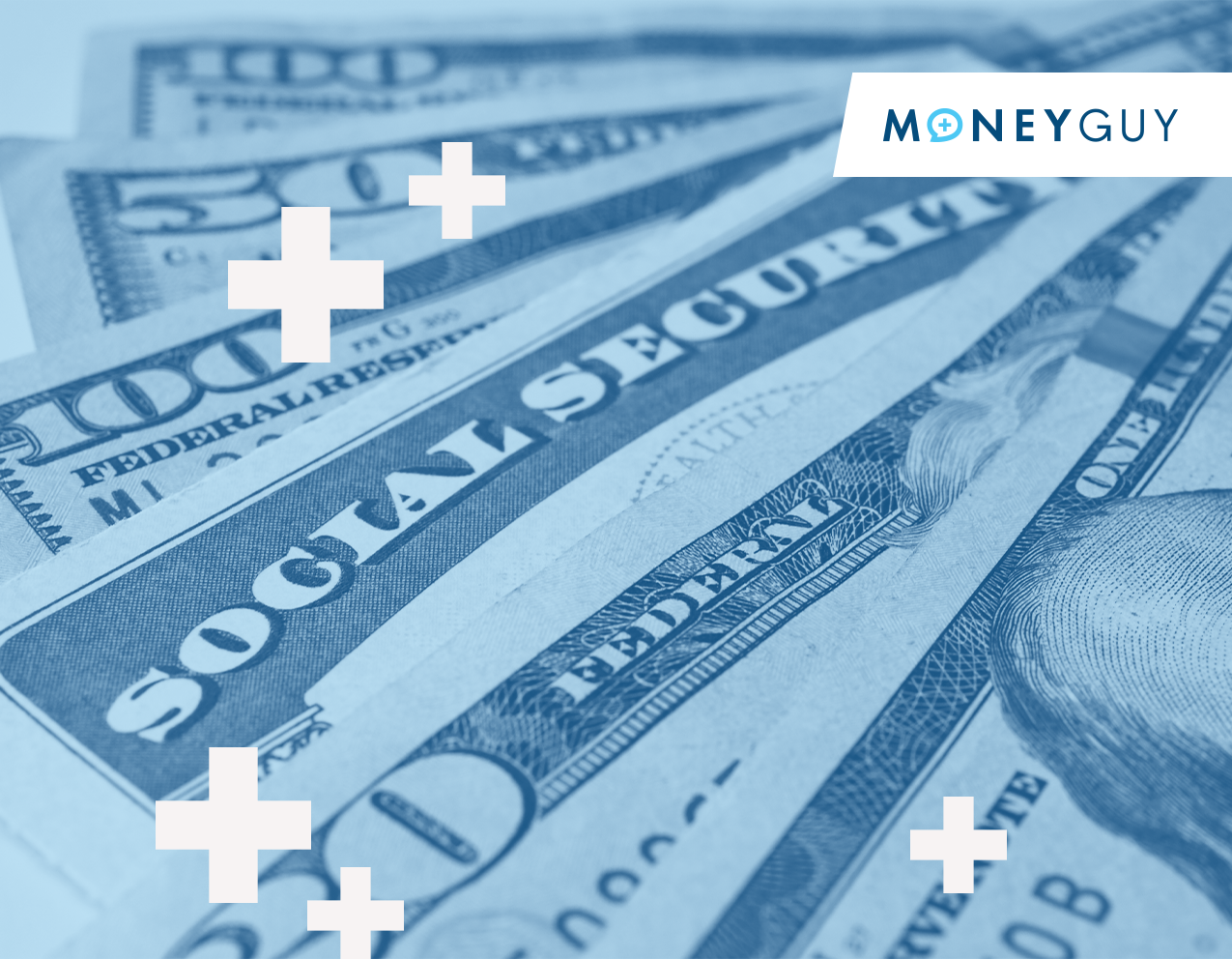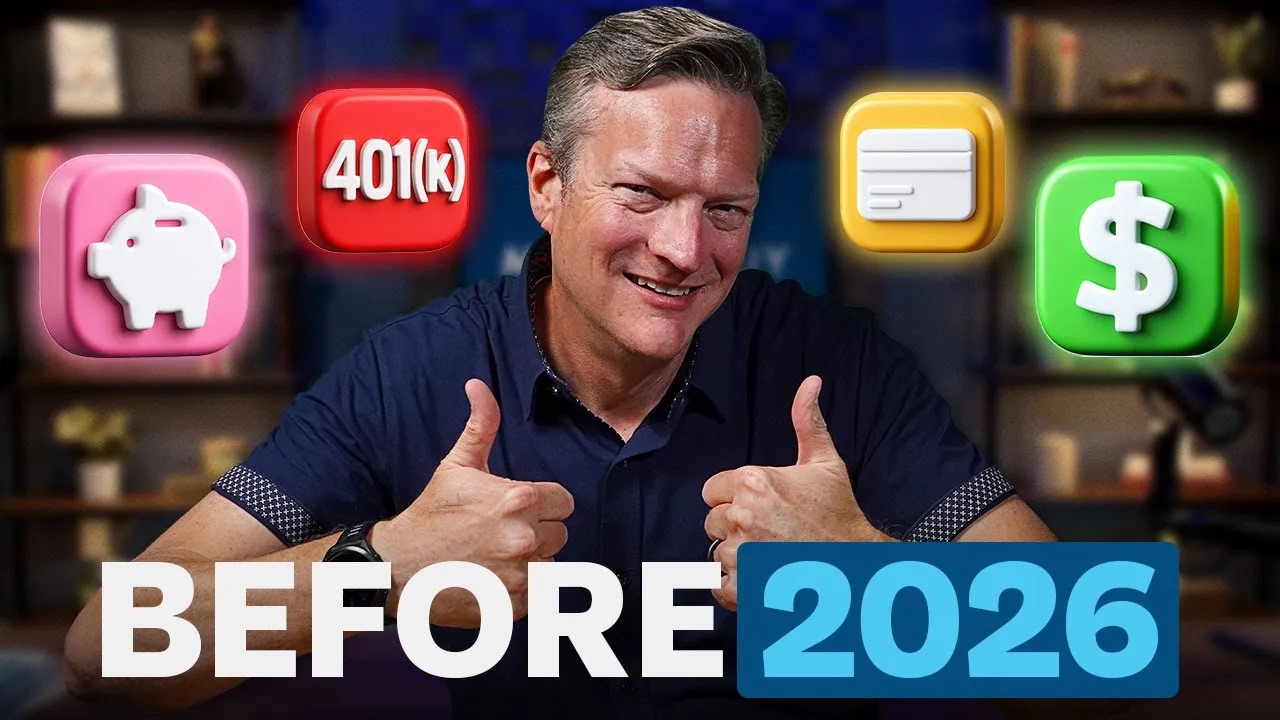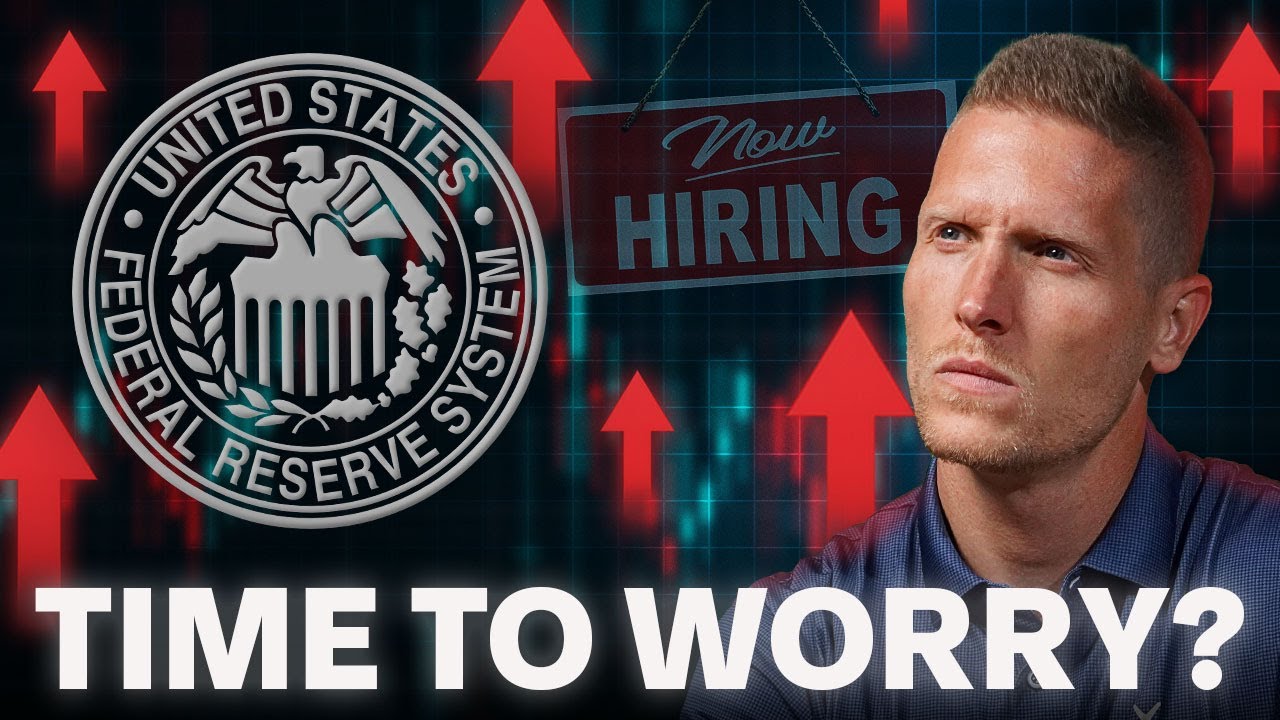Let's move on to the second thing you can do to find some extra money, and this one's kind of embarrassing to me. Let's talk about cutting down on those subscriptions. Yeah, you know, it seems like ten years ago, Brian, we used to talk about cutting the cord and how do we save, and how do we save. Streaming was this new, exciting thing, and we were gonna save money, or we're gonna be able to customize and use these different parts and pieces. But now, we are almost subscribed to death. We are dying a death of a thousand subscriptions because there are so many things that are pulling on us month after month after month.
Yeah, we started off with cutting the cord, and if you go look in our archives, I even have a special short content I did on my love for YouTube TV when it came out. They were basically giving this thing away, and I was like, "Cutting the cord is saving me a fortune." At the time, I had a satellite provider plus my internet, and when you added all that together, you were like, "Man, this is starting to get pretty expensive." So, if I could switch over to YouTube TV, which I think was well below 50 bucks at the time, it still allowed me to watch local TV and all my sporting events. It seemed like a no-brainer, but a lot has changed in the landscape. Now I'm trying to figure out how I can trim the stream because it's ridiculous. I am without a doubt paying substantially more than I was pre-cutting the cord. We've got a problem, and I want to address it and show you some data we found once we started researching this.
There are two problems: one, there are a number of different subscriptions that we can all consume, and there are a number of different ones that we can buy. Two, the cost of those subscriptions has been steadily increasing as they've been adopted more and more. Look at this from 2020 to the beginning of COVID to now. Inflation, as measured by the CPI, is up about 17% overall. Well, if you think about some of the most common subscription services that we use, like Amazon Prime, which is a super common subscription service, it has just matched inflation, so I guess they haven't gotten super greedy. The price has increased, but it's matched inflation. It's not far outpaced.
Now, look at YouTube TV, though, and by the way, when I see $49.99, that's not where it started. I started even cheaper than that, but it went from $49.99 to $72.99. That's a 46% increase, well above inflation. Disney Plus started at $6.99, and you can see it's now gone up to $10.99, if you want no ads. That's a 57% price increase. And then this one, look, it's got an asterisk, but I'll explain. Netflix, with four users in different households, went from $15.99 to $43.96. That's a 175% increase. I read these show notes, and I was like, "Damn, what the heck?" Wait, why the specific footnote here that said Premium plan with four users in different households? Are people doing this? And it's not necessarily the old person on the content team. He was like, "But you are, without a doubt." So then we went on Slack, and we did an internal poll of all our employees, and I found out everybody's doing this. So, Netflix has caught on, and they're actually charging for all these things, and it's got a dramatic price increase.
So, as you can see, the things that we thought were saving us money are now just getting more and more expensive. The ultimate question we have to ask whenever we consume anything, whenever we spend our hard-earned dollars, is: Are we actually getting value from this? So, we think a great thing that you can do right now is just simply a subscription audit. Are there things that I'm paying for that I don't use? If I have Amazon Prime and YouTube TV and Disney Plus and Netflix, am I actually utilizing all of those services? Or am I not really using all of them as much? Or if I have different household members in different parts of the country on my Netflix account, is that really what makes the most sense? Or should I just be paying for my account and have them go and just pay for that? Let's talk about this because let's turn this into actual dollars.
The first thing, good news on the Netflix thing, Daniel did a little research for us. If you're in different households, you can actually still keep the service, but it's eight dollars per additional household. So that's a little bit better news than everybody having to pay the $15.99 to $17.99 to then $19.99, everybody basically paying 20 bucks a month. But here's the other thing I think about: a lot of these, since they've all insisted on going out and starting their streaming companies, they've also created this risk now. I know people here in the firm who remain nameless who will sign up for something for two to three months. You know, Apple comes out with Ted Lasso; they subscribe for a few months, and then they drop it. And that's the risk. This flight, and I would encourage you, look at your subscription audit because when we were doing research on this, I kept seeing all the live TV providers, whether it's YouTube TV or Hulu Live, they keep going up, up, and then I started thinking about my own personal lifestyle. I don't watch live TV anymore; it just seems like that is something that might be in the past. But I still like sports, so I'm probably gonna have to figure out if there's some type of solution like Sling TV or going out there and doing the ESPN Direct. There's probably some way. But I know, without a doubt, I am going to be able to find some type of savings that will probably add up to $60-$70 a month that I'm going to be able to implement from this. So, if you think about that, just trimming or just being more thoughtful about your subscriptions could save, just like you said, $60 to $70 a month. That's real money that can add up to almost $800-$900 a year, which can be super impactful over the long term.
Want to know what to do with your next dollar? You need this free download:
the Financial Order of Operations. It’s our nine tried-and-true steps that will help you secure your financial future.













